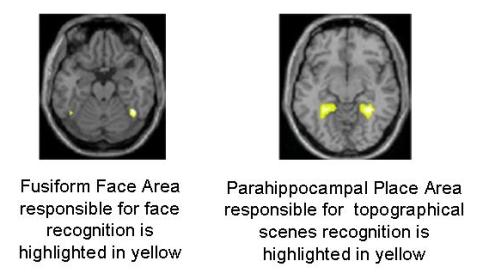Can Neuroscience Help Improve TV Promotion? - Yuliya Torosjan - MediaBizBlogger

I arrived at Simulmedia from the world of medical research. Before I started analyzing set-top box data to understand how people watch television and audiences’ responses to promotion, I modeled the flows of cerebral fluids to better understand how people responded to antipsychotic treatments.
I knew that I would tap into my statistical expertise at Simulmedia, but I didn’t anticipate that neuroscience would also prove applicable.
While our analyses rely on set-top box data, we are willing to search outside the realm of TV, even into an area like neuroscience, to inform our understanding of the interaction between an audience and the viewing content consumed. It turns out that both set-top box data and brain scans can give us information about viewers’ engagement with a television program or promotion.
We are not going to join the ranks of neuromarketers any time soon. Collecting EEG signals and brain scan measurements every time someone watches TV is prohibitively expensive. However, we might be able to use the relevant ideas to come up with measurable markers of attentiveness or viewing modality. We can then use these concepts in our analysis of the set-top box datasets.
A panel of experts on the brain and cinema gathered last month at the New York Academy of Sciences to draw an interdisciplinary connection between film and neuroscience. The conference raised two questions—can we use movies as a tool to learn something about the brain, and can we learn something about films from neuroscience? The researchers presented some of their findings from the studies in which participants watch a movie while undergoing a functional magnetic resonance imaging (fMRI) brain scan.
Different cinematic devices activate different structures in the brain. For example, a close-up shot of an actor’s face tends to activate a part of our brain called the Fusiform Face Area (FFA). A long aerial shot lights up our Parahippocampal Place Area (PPA). Shots of an action being performed engage the mirror neurons in our brains’ Postcentral Sulcus.

If the same brain structure is activated at the same time in many people who collectively watch the same movie or program, we can attribute the activation to the movie response. The researchers use inter-subject correlation (ISC) as a measure of similarity of response time among the viewers. The greater inter-subject correlation across the entire brain can be thought of as corresponding to the greater “brain control” that the filmmaker has on the audience.
In this context we may compare different directing styles and cinematic devices. Alfred Hitchcock commands a much greater control of the audience’s brain activity (as evidenced by the greater inter-subject correlation) than Andrei Tarkovsky, whose style is much more open to interpretation.
Film genres may be arranged on a continuum of their ability to elicit a uniform pattern of brain activity in the viewers—snippets of real life shot on film, documentary, art films, Hollywood, and Propaganda films as the extreme case. This idea might be used in Simulmedia’s ongoing efforts in genre classification.
We hypothesize that the programs containing more cinematic devices that are designed to guide the viewer’s perception most didactically (e.g., montage, continuity editing, close-up) and thus, trigger more intense watching and anticipation, will also have lower tune-away during the promotions and a potentially higher promotion response rate. The same principle applies to the structure of promotion itself.
The Entertainment Tonight clip below provides a good example of a structured promotion, one in which viewers are clearly and unambiguously instructed what to expect in the coming show.
On the other hand, the enclosed Nip/Tuck promotion is more open-ended, and would trigger a less uniform pattern of brain activity across viewers. Such response is also less predictable from the point of view of ratings. We will continue working on teasing out more implications for our analysis.


